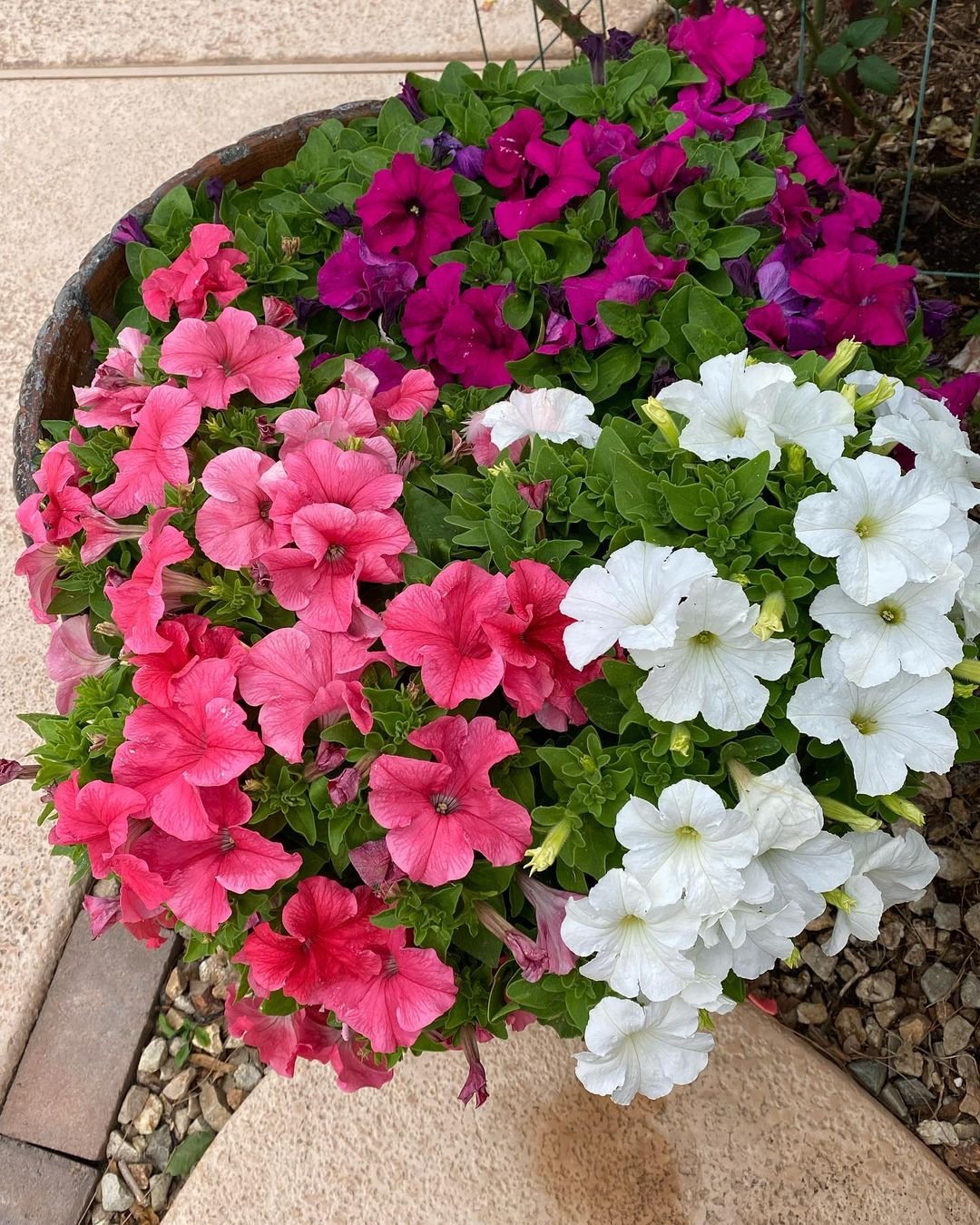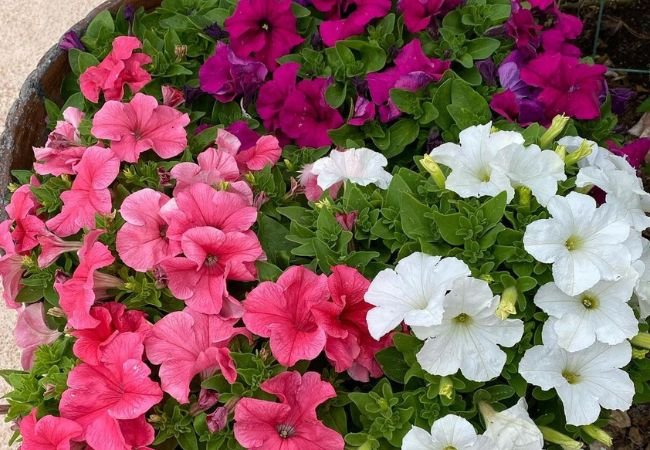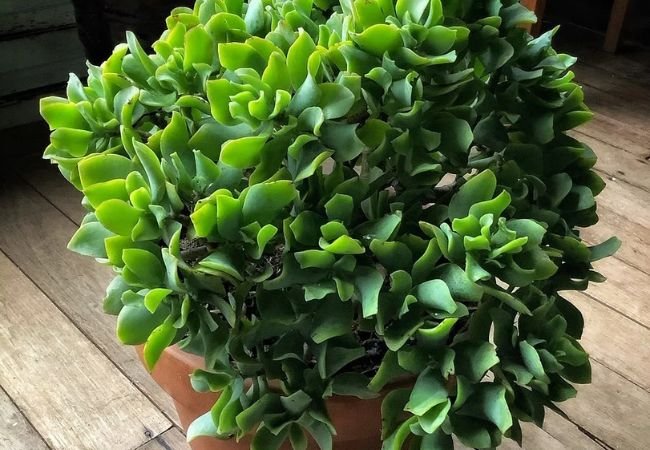Petunias are a beloved addition to any garden, known for their vibrant colors and long-lasting blooms. This comprehensive guide provides detailed instructions on how to successfully grow and care for these beautiful flowers, from selecting the right varieties and preparing the soil to proper planting techniques, watering, fertilizing and troubleshooting common issues. Whether you’re a seasoned gardener or a beginner, this article will equip you with practical tips and tricks to ensure your petunias thrive and bring a burst of color to your outdoor spaces throughout the growing season.
Petunias are a gardener’s delight, renowned for their vibrant colors, abundant blooms and easy-to-grow nature. These versatile flowers can be found adorning gardens, hanging baskets and containers, adding a burst of vibrancy to any outdoor space. Whether you’re a seasoned green thumb or a beginner gardener, growing petunias can be a rewarding and enjoyable experience. In this comprehensive guide, we’ll cover everything you need to know to cultivate a stunning display of these beautiful blooms.
Here’s a short information chart about petunias:
| Attribute | Information |
|---|---|
| Botanical Name | Petunia spp. |
| Common Name | Petunia |
| Plant Type | Annual or Perennial (some varieties) |
| Zones | Typically Zones 9-11 for annuals; Perennials vary |
| Sun Exposure | Full Sun to Partial Shade |
| Soil Type | Well-draining, Loamy |
| Watering | Moderate |
| Growth Habit | Upright or Trailing, Bushy |
| Height/Spread | Varies depending on variety |
| Special Features | Wide range of colors, Attracts pollinators |
Choosing the Right Petunia Varieties

The first step in growing petunias is selecting the right varieties for your garden. Petunias come in a wide range of colors, including shades of red, pink, purple, white and yellow, as well as bi-colored and striped varieties. Consider the following factors when choosing your petunia varieties:
Growth Habit
Petunias can be categorized into grandiflora (large, ruffly flowers), multiflora (smaller, more numerous blooms), and spreading or trailing varieties for hanging baskets or ground cover.
Flower Size
Grandiflora petunias typically produce larger, more showy blooms, while multiflora varieties offer a profusion of smaller flowers.
Climate
Some petunia varieties are better suited for certain climates. For example, certain varieties may perform better in hot, humid conditions or cooler temperatures.
Disease Resistance
Look for varieties labeled as disease-resistant or tolerant to common petunia issues like downy mildew or botrytis blight.
Preparing the Soil and Planting
Petunias thrive in well-draining soil that is rich in organic matter. Here’s how to prepare the soil and plant your petunias:
Soil Preparation
Before planting, amend your garden soil with compost or well-rotted manure to improve drainage and nutrient content. Petunias prefer slightly acidic soil with a pH between 5.8 and 6.5.
Planting Time
In most regions, petunias can be planted after the last frost date in spring, typically around mid-May.
Planting Depth and Spacing
Sow petunia seeds about 1/4 inch deep and 12-18 inches apart, depending on the variety’s mature size. If planting seedlings, space them according to the recommended distance on the plant tag.
Sunlight
Petunias thrive in full sun but can tolerate partial shade, especially in hot climates.
Caring for Your Petunias
Once your petunias are in the ground or containers, proper care is essential for ensuring a bountiful bloom and healthy plants. Here are some tips for caring for your petunias:
Watering
Petunias prefer consistently moist soil, but be careful not to overwater. Water deeply at the base of the plants, avoiding getting the foliage wet to prevent fungal diseases.
Deadheading
Regularly removing spent blooms (deadheading) encourages more flowering and keeps your petunias looking tidy.
Fertilizing
Feed your petunias with a balanced, water-soluble fertilizer every 2-4 weeks during the growing season for optimal growth and bloom production.
Pinching
Pinching back or removing the tips of petunia stems encourages bushier growth and more blooms.
Mulching
Apply a 2-3 inch layer of organic mulch around your petunias to help retain moisture and suppress weeds.
Common Issues and Solutions
While petunias are generally low-maintenance flowers, they can be susceptible to a few issues. Here are some common problems and their solutions:
Wilting or Yellowing
This can be caused by overwatering, underwatering, or nutrient deficiencies. Check soil moisture levels and adjust watering accordingly. Apply a balanced fertilizer if needed.
Fungal Diseases
Conditions like botrytis blight, powdery mildew, or downy mildew can affect petunias. Improve air circulation, water at the base of plants, and use fungicides if necessary.
Pest Infestations
Aphids, spider mites, and thrips can attack petunias. Use insecticidal soap or neem oil for controlling these pests.
Leggy Growth
If your petunias are growing tall and spindly, they may not be getting enough sunlight. Prune back leggy growth and relocate the plants to a sunnier spot if possible.
With their vibrant colors, long-lasting blooms, and easy-to-grow nature, petunias are a fantastic addition to any garden or outdoor space. By following the guidelines outlined in this comprehensive guide, you’ll be well-equipped to cultivate a stunning display of these beautiful flowers. From selecting the perfect varieties to providing the right care and addressing common issues, this guide covers all the essentials for successful petunia cultivation. So, roll up your sleeves, grab your gardening tools, and get ready to enjoy the burst of color and joy that petunias bring to your outdoor oasis.








Leave a Reply